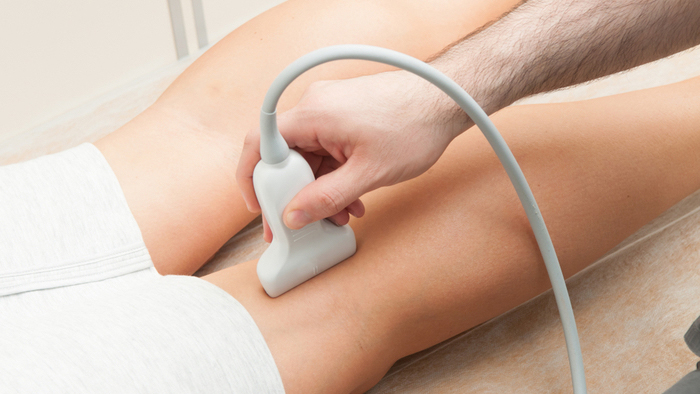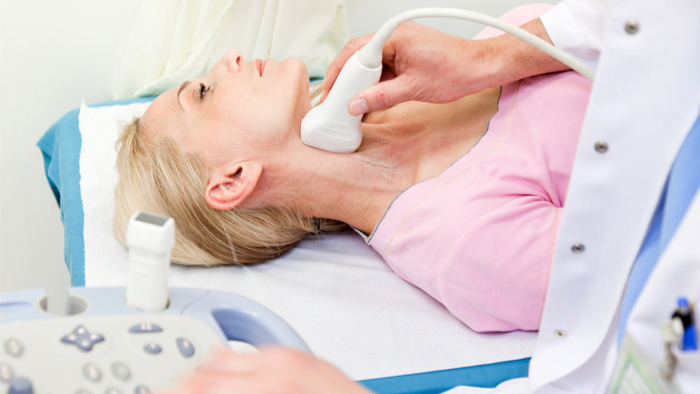PVD is a build-up of plaque in the arteries outside your heart that reduces the flow of blood. As a result, some parts of your body do not get the oxygen they need. People with PVD are three to four times more likely to die from stroke or heart attack than people of the same age who do not have PVD.
Symptoms include:
- Dull, cramping pain in hips, thighs or calf muscle
- Pain in the legs often occurs when walking or exercising and is relieved by rest
- Buttock pain
- Numbness or tingling in the leg, foot, or toes
- Changes in skin color (pale, bluish, or reddish discoloration)
- Changes in skin temperature, coolness
- Impotence
- Infection/sores that do not heal
- Thickened nails
Tests to diagnose this condition include:
- Ankle Brachial Index (ABI) – This is a simple non-invasive test that measures the ratio of the blood pressure in your ankle to that in your arm by placing blood pressure cuffs on the arms and lower legs. This ratio may indicate a potential vascular problem.
- Ultrasound Duplex Test – This is a non invasive test using sound waves to provide image of the inside of the blood vessel to determine if a specific artery has plaque build up. There is no radiation used and generally no discomfort from the application of the ultrasound transducer to the skin.


